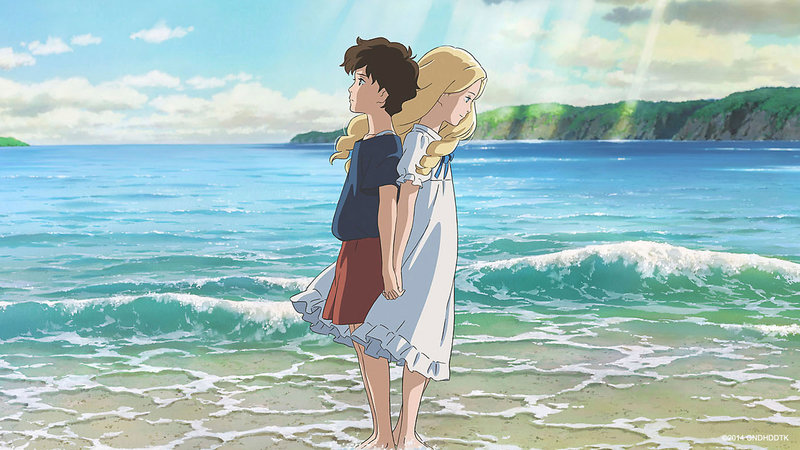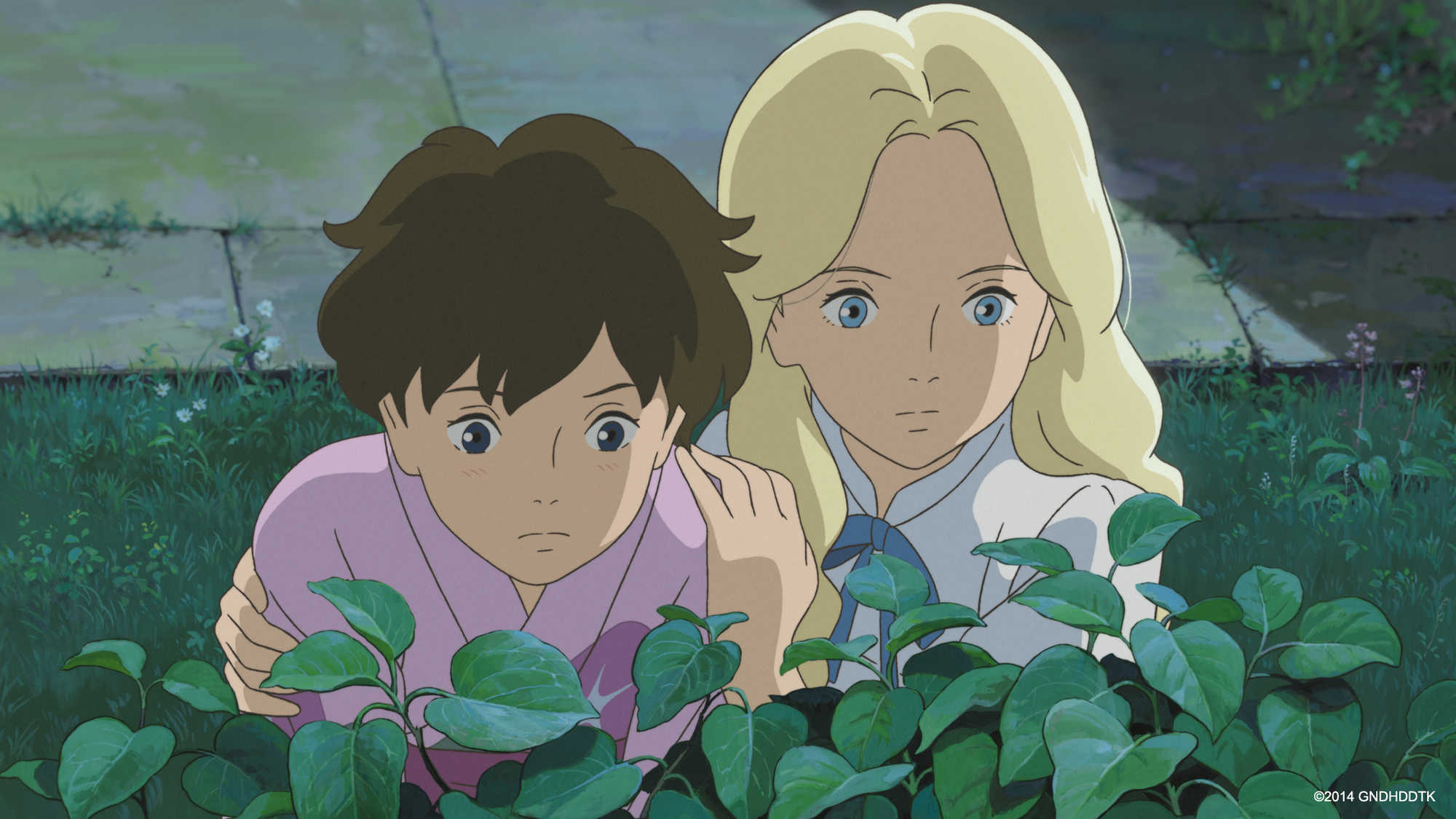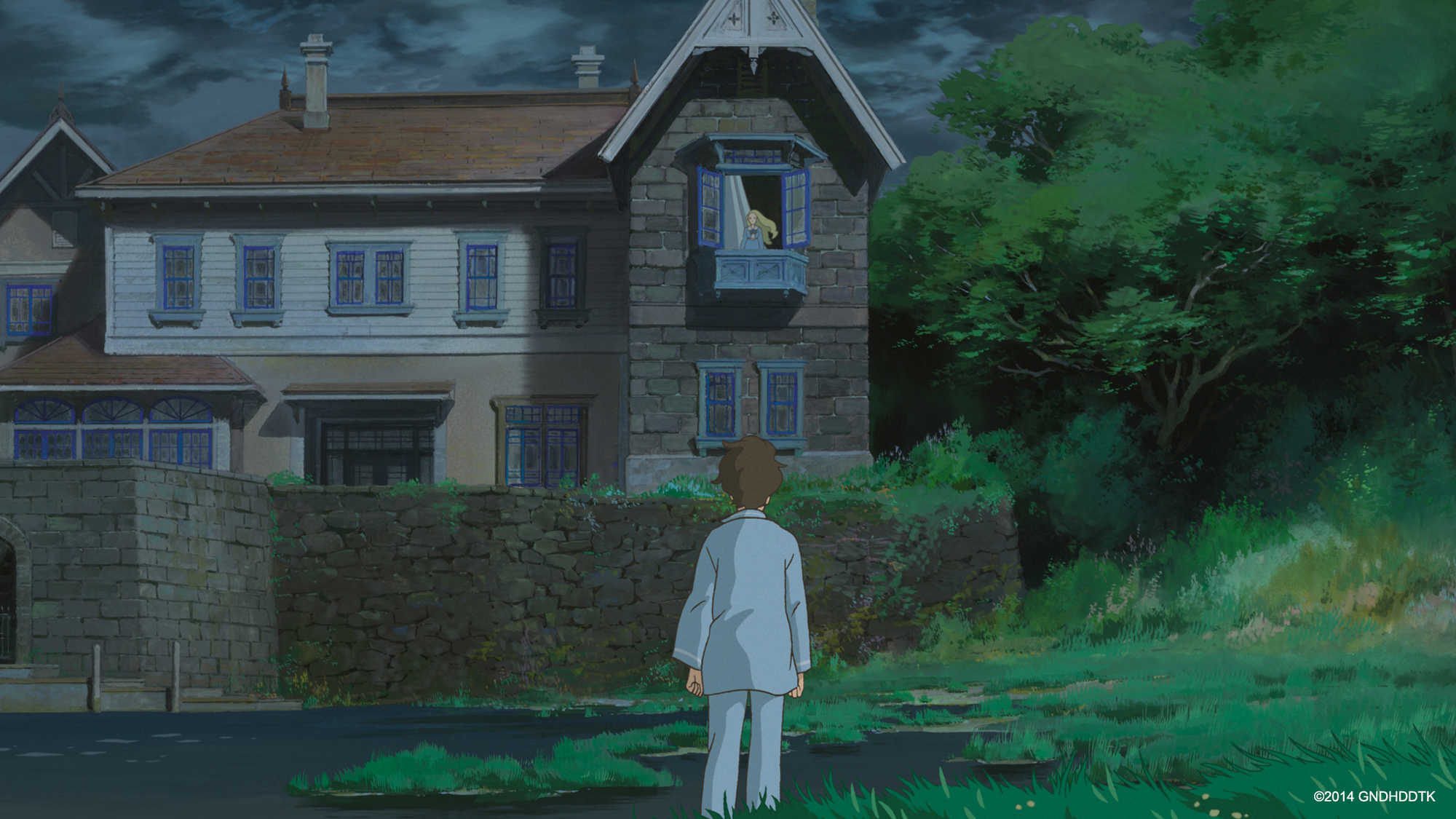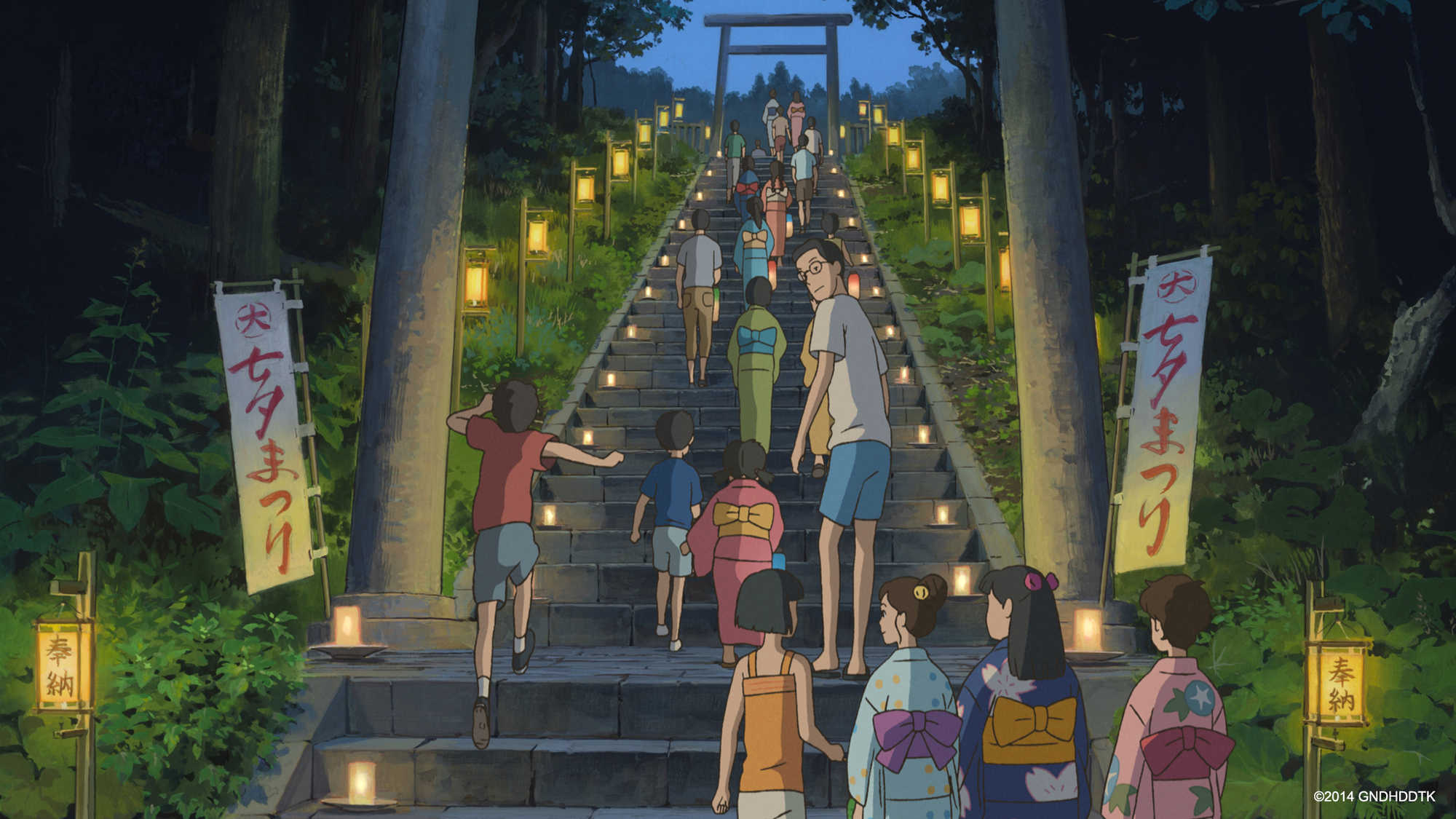A shy girl makes a mysterious new friend while convalescing in a sleepy seaside village in this gorgeous Studio Ghibli adaptation of the children’s novel by Joan G. Robinson. Animated by Yonebayashi Hiromasa (Arrietty).




The latest – and we hope not last – feature from Studio Ghibli is a beautifully animated tale of the growing friendship and emotional adventures of two 12-year-old girls.
Screened as part of NZIFF 2015
When Marnie Was There (Dubbed) 2014
Omoide no Marnie
From the house of Miyazaki, bearing his praise but not his participation, comes this delicately crafted tale of a timid girl and her mysterious new friend by director Yonebayashi Hiromasa (Arrietty). Based on the 1967 children’s novel by British author Joan G. Robinson, its setting (and spirit world) have been elegantly transposed to an idyllic Japanese village that feels faintly Gothic and totally Ghibli. Anna, an artistically gifted but withdrawn girl, is sent from Sapporo to spend the summer convalescing from asthma at her aunt and uncle’s home by the sea. While out walking, Anna beholds an abandoned mansion across the bay, where she meets Marnie, a mysterious blond girl she spies through a window. They form an instant club of two – but the lines between reality and fantasy blur as Marnie’s story is pieced together from an intriguing trail of hints and clues.
“Marnie is about friendship, and the bond that brings Anna around to socializing with other girls her age. Yonebayashi’s open-hearted tale, more than any other Ghibli offering, could conceivably have worked just as well in live-action, and yet the tender story gains so much from the studio’s delicate, hand-crafted approach. Bursting with color and detail, buoyed along and uplifted by pianist Muramatsu Takatsugu’s feather-light score, the film’s traditional animation style gives the already old-fashioned narrative an even more timeless feel. Instead of marking what could be the end of an era, it arrives almost like a classic heirloom, uncovered and restored for contemporary eyes.” — Peter Debruge, Variety